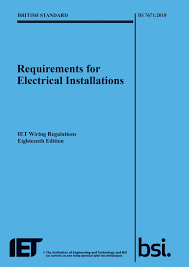Do I need RCD protection?
RCDs or residual current devices detect any residual current flowing to earth or between live conductors. They are then deigned to disconnect the circuit or circuits within a given time to prevent the touch voltage to be of a duration where it can cause death.
How do RCDs work?
In simple terms, they work by inducing an electromagnetic field around a soft iron core. The incoming current is the same as the outgoing current. If there is the slightest imbalance between the incoming windings (primary) and the outgoings windings (secondary), the electromagnetic field is distorted and a sensitive relay then trips the mechanism holding the contacts, resulting in the device opening and disconnecting both the line and neutral contacts, thus disconnecting the supply. Because only a tiny amount of current variation between the primary and secondary winding is need to disconnect the device, and it trips in such a quick time, it can be a life saver.
In earlier editions of the wiring regulations RCDs were installed on circuits of 32 amps or less that could supply portable equipment that could be used outdoors, or in installations of high risk of electric shock, marinas, and swimming pools for example.
The 18th edition which came into effect in 2018 has called for all socket circuits of 32 amps or less to be RCD protected and in domestic properties on all light fittings and circuits where the cables are buried within the building fabric. Domestic protection has increased, mainly due to those installations being more likely to be altered and added to by untrained persons. This edition of the wiring regulations has also removed the regulation stating that in non-domestic installations socket outlets need not be protected by the use of an RCD, provided there was a suitable a risk assessment.
Because of the number of burns and electric shock caused by electricity each year RCD protection must now be fitted to all socket outlets of 32 amps or less. Because RCDs with a rating of 30 ma are proven to save lives, provided they disconnect the supply within 40 milliseconds, it is recommended that they cover all small power and lighting circuits.
RCD protection is also required if the earth loop impedance – the earth fault path – is too high to disconnect the supply from the overcurrent device supplying the circuit (Fuse or circuit breaker).
It is for this reason that irrespective of the value of the earth loop impedance a 30ma RCD tripping in less than 40ms will safely disconnect the circuit for both fault protection and additional (touch) protection.












